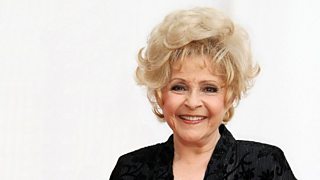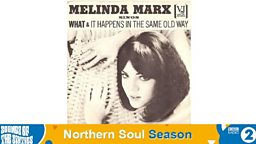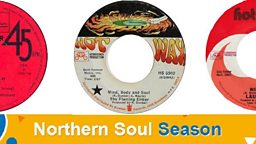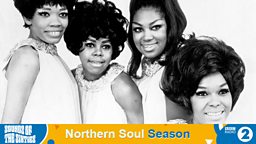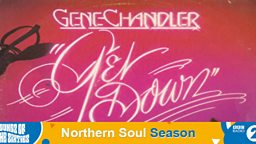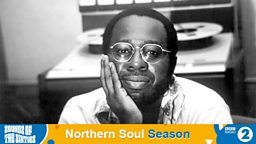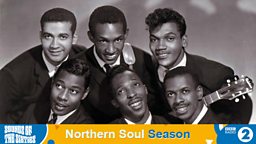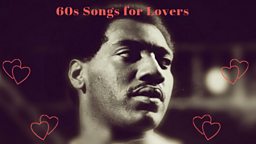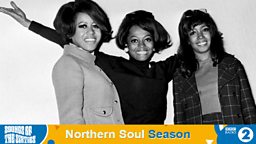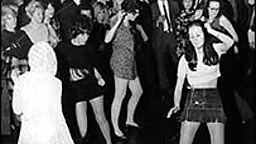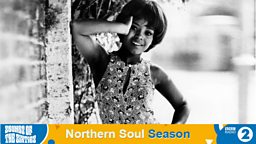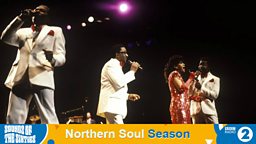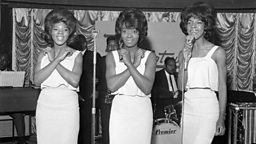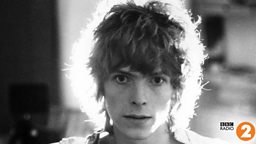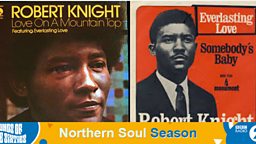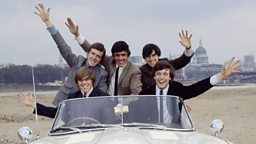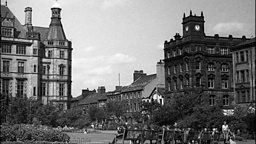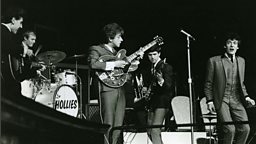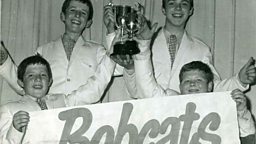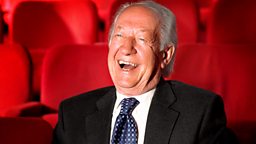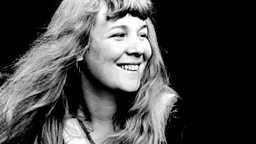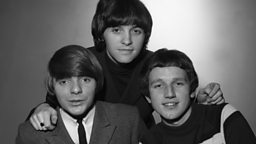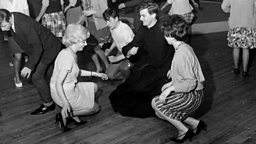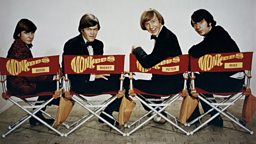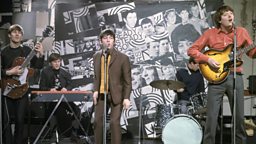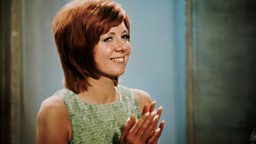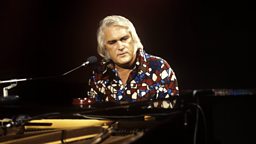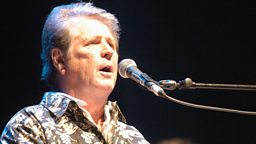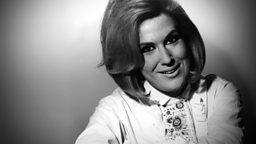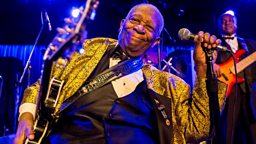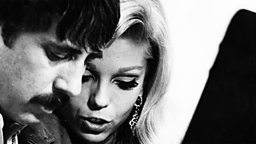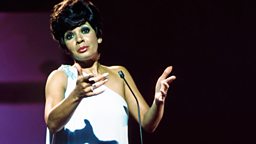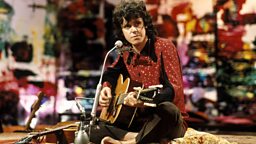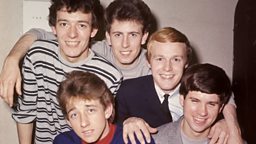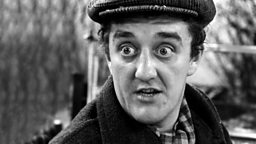Brian Matthew's Top Twenty Sixties Tracks
To mark the 25th Anniversary of Brian Matthew hosting Sounds of the Sixties, he’s compiled a list of his top 20 tracks from the era. With such a wealth of music on offer, Mr Matthew struggled to pin-point one track that he rated above all others, and so this list is in no particular order.
Over half a century after a majority of the original 45s hit the shelves; these are the tracks that Brian insists he will never tire of hearing.
1. Daydream -
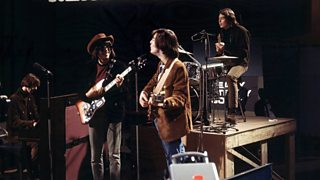
'Daydream' was the Spoonful's first British hit, a no.2 in 1966, and gave its title to their excellent second album. Reminiscent of Hoagy Carmichael songs like 'Lazy Bones' and 'Small Fry', apparently it began life as a song in the vein of The Supremes’ 'Baby Love' before John Sebastian decided to take it in a somewhat sleepier direction.
2. Every Time We Say Goodbye -
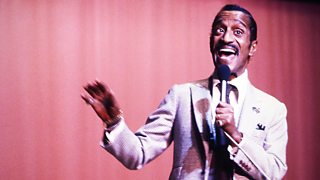
A song usually associated with Ella Fitzgerald, Sammy recorded this Cole Porter standard for his 1968 album 'Lonely Is The Name', which also included his tremendous, floor-friendly version of 'Up Up And Away'.
3. All I See Is You -
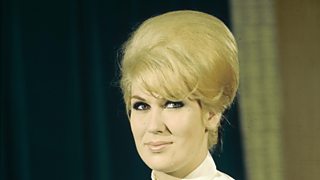
Dusty Springfield - born Mary O'Brien to a Catholic family in North London - was considered to be tomboy and given the nickname Dusty because she'd get mucky playing football with the boys. 'All I See Is You' was written by Clive Westlake in 1966 and, unusually for a sixties single, came in a picture sleeve.
4. Honky Tonk Women -
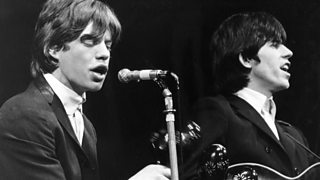
This was the first appearance of Mick Taylor on a Stones performance following the death of Brian Jones. The single was given away to all the fans who helped clean up after the band's free Hyde Park concert on July 5th 1969. It was rejigged as 'Country Honk' for their classic album 'Let It Bleed'.
5. Lazy River -
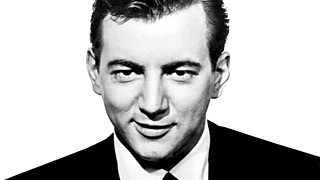
Darin had broken through as a rock'n'roller with 'Splish Splash', and hit number one with 'Dream Lover' in 1959, before following his dream of becoming bigger than Sinatra. This Hoagy Carmichael song was a no.2 hit for him in 1961.
6. Jackie -
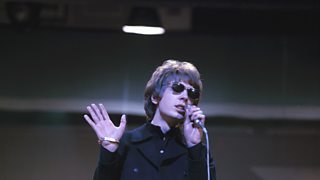
Scott's first post-Walker Brothers solo single was written by Jacques Brel - translated by former Brill Building writer Mort Shuman - and came complete with the ribald language the great Belgian was famous for. The ����ý banned it, naturally, but it still reached the Top 20 in late 1967.
7. Walk On By -
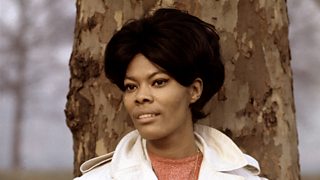
Dionne originally wanted to teach music; she has a doctorate in music education from Hartt College of Music in Connecticut. 'Walk On By' was originally the b-side to 'Any Old Time Of The Day'; it had DJ Murray the K to thank for flipping it over, making it a transatlantic Top 10 hit, and Dionne's signature tune.
8. She's Leaving Home -

None of The Beatles played instruments on this Sergeant Pepper album track. John and Paul sang, double-tracked to make them sound like a quartet, while session musicians played an arrangement written by Mike Leander. The lyric was based on a newspaper story about runaway Melanie Coe, who Paul had coincidentally awarded a prize to after a miming contest on Ready Steady Go in 1964.
9. Walk Right Back -
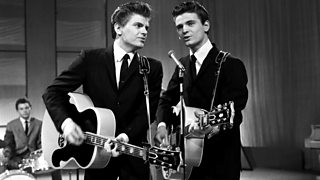
'Walk Right Back' was written by Sonny Curtis, of Buddy Holly's Crickets, while he was in the army, presenting it to the Everlys when he was home on leave. They liked it and wanted to record it immediately, but Sonny hadn't written the second verse. Don and Phil just sang the first verse twice - which didn't prevent it from becoming a UK number one in 1961.
10. In The Ghetto -
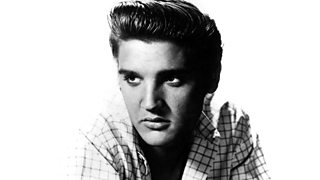
This moody classic was recorded at American Studios in Memphis and originally written by Mack Davis as 'In The Ghetto (The Vicious Circle)'. RCA Records got permission from Davis to drop the subtitle before presenting it to Elvis; after his TV 'Comeback Special' in late 1968, it cemented his revival in 1969, reaching the top three in Britain and the States.
11. Jezebel -
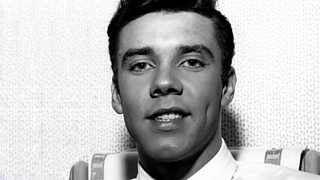
The feisty 'Jezebel' had provided a US no.2 hit for the ever-tortured Frankie Laine way back in 1951, before there was even a British hit parade. Marty Wilde - nee Reg Smith - scored his last Top 20 hit with this tough, uptempo update of it in 1962, losing none of the original's power.
12. What A Crazy World We're Living In -
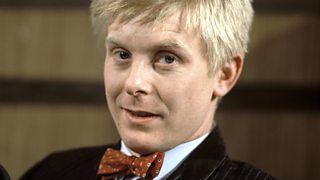
Surprisingly, this old warhorse only got to no.37 in 1962, just before Joe Brown scored his biggest hit single with 'A Picture Of You'. Written by Allen Klein, it was also (almost!) the title song for a film - 'What A Crazy World' - in 1963, starring Joe as a loveable cockney. You'd never guess he was born in fenland Chatteris.
13. Pretty Flamingo -
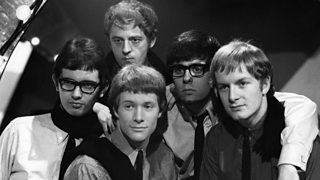
The recording of this no.1 single features future Cream bassist Jack Bruce, who had briefly joined the Manfreds in 1965. For their performance on Top Of The Pops, Paul Jones apparently performed the entire song whilst standing on one leg. It was written by Mark Barkan, who went on to be the musical director for the Banana Splits TV show.
14. Tell Me What He Said -
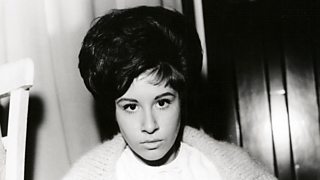
Helen's fourth hit followed two number ones ('You Don't Know' and 'Walking Back To Happiness') and would have made it a hat trick if it hadn't been kept at bay for three weeks by the Shadows' 'Wonderful Land'. Another Brill Building song, it was written by Jeff Barry and was first recorded by Ginny Arnell in 1960.
15. Sunny Afternoon -
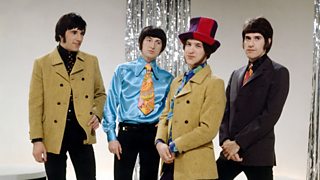
Partly inspired by the Lovin' Spoonful's 'Daydream', Ray Davies has said that "Sunny Afternoon was made very quickly, in the morning. I still like to keep tapes of the few minutes before the final take, things that happen before the session. Maybe it's superstitious, but I believe if I had done things differently - if I had walked around the studio or gone out - it wouldn't have turned out that way".
16. Misty -
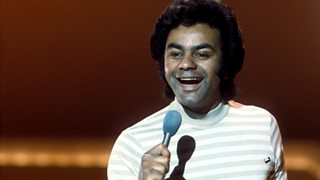
This standard was originally composed as an instrumental by Errol Garner in 1955. Later that same year, Johnny Burke wrote lyrics. Both Garner's instrumental and Mathis' cover have been inducted into the Grammy Hall of Fame. The biggest UK hit was Ray Stevens' cheeky countrified take, a no.2 in 1975, but it doesn't hold a candle to the Mathis version.
17. Happy Jack -
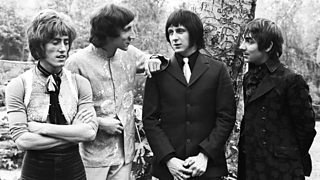
At the tail end of the song, you can hear Pete Townshend laugh "I saw yer!" as drummer Keith Moon, who had apparently been banished from the studio, was trying to sneak back in. Moon's manic playing - and high-pitched backing vocals (he was a surf music nut) - are high points on this 1967 single, their first US hit and a UK no.3.
18. Portrait Of My Love -

Not many would argue with the notion that Matt was Britain's greatest ever balladeer, admired not only by Brian Matthew but also Frank Sinatra. This was his first hit, reaching no.3 in early 1961. It was updated with a gorgeous harmony arrangement by the Tokens for a minor American hit in 1967.
19. Midnight In Moscow -
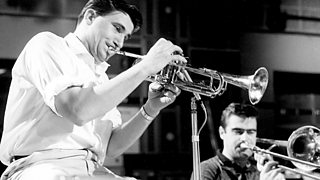
First written in 1955 by composer Vasily Solovyov-Sedoi as Leningrad Nights, Kenny Ball's version reached no.2 in both Britain and America in 1962. It represented the peak of the Trad boom in Britain, and was the first of three Top 10 hits for Kenny. It recently had the privilege of being heard in an episode of Mad Men.
20. Let There Be Love -

Blind pianist George Shearing was born and raised in Battersea but escaped the pub piano and moved to America as an adult. Once there he cut a whole album with Peggy Lee (Beauty And The Beat!) as well as this evergreen with the great Nat Cole, which surprisingly only reached no.11 in 1962
-
![]()
More stories behind the songs in our playlist
